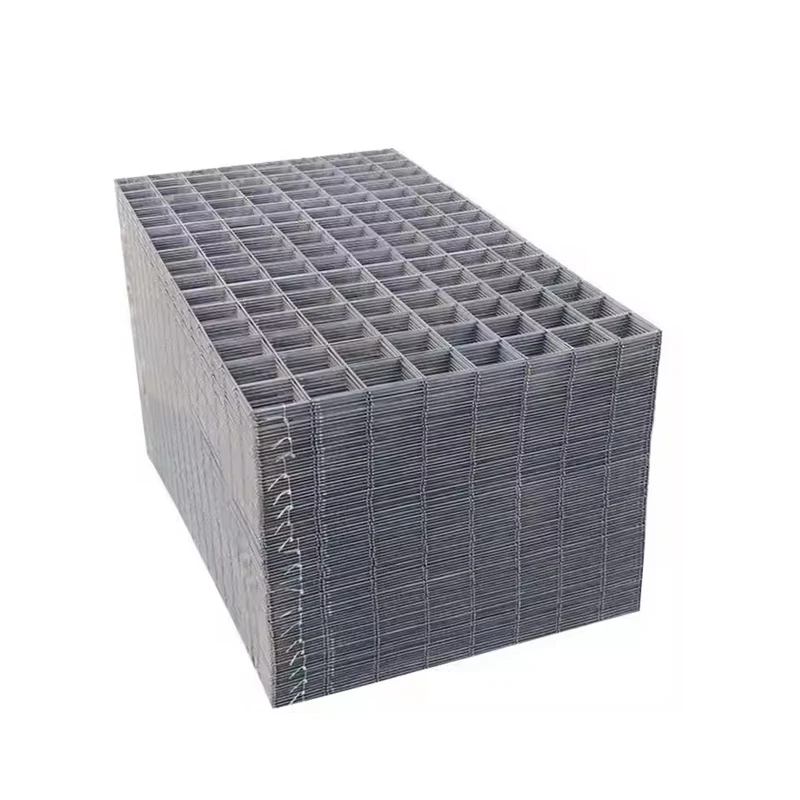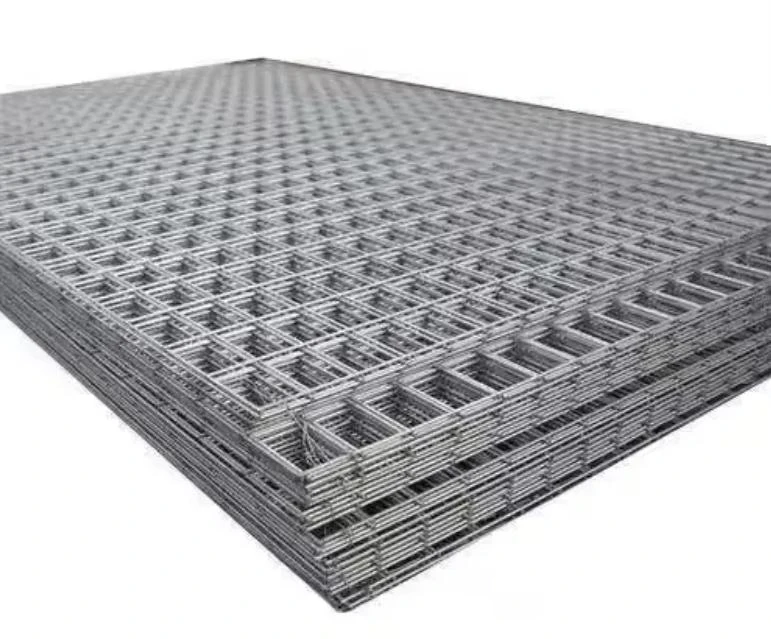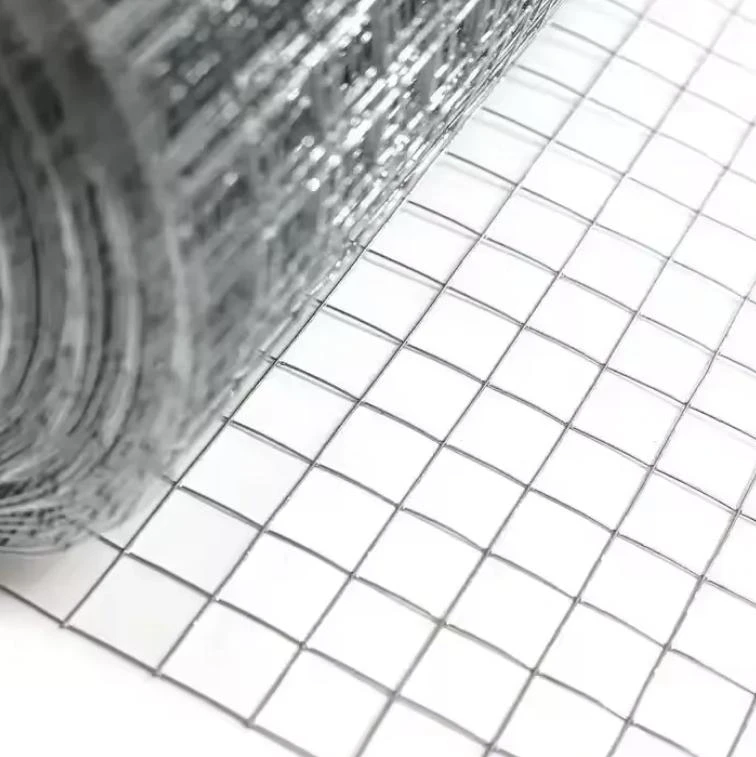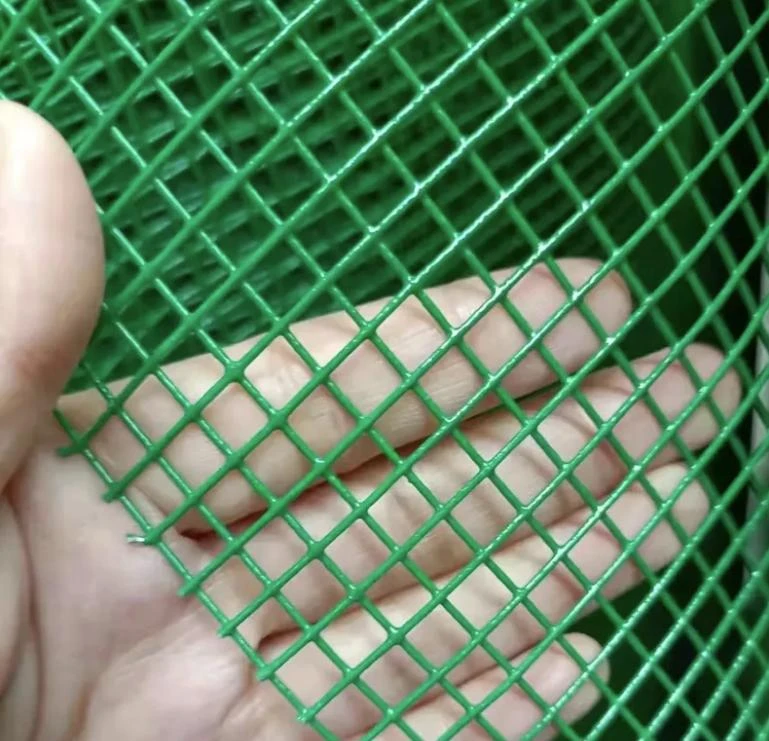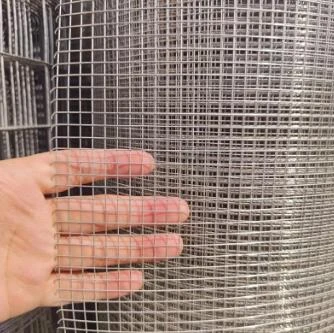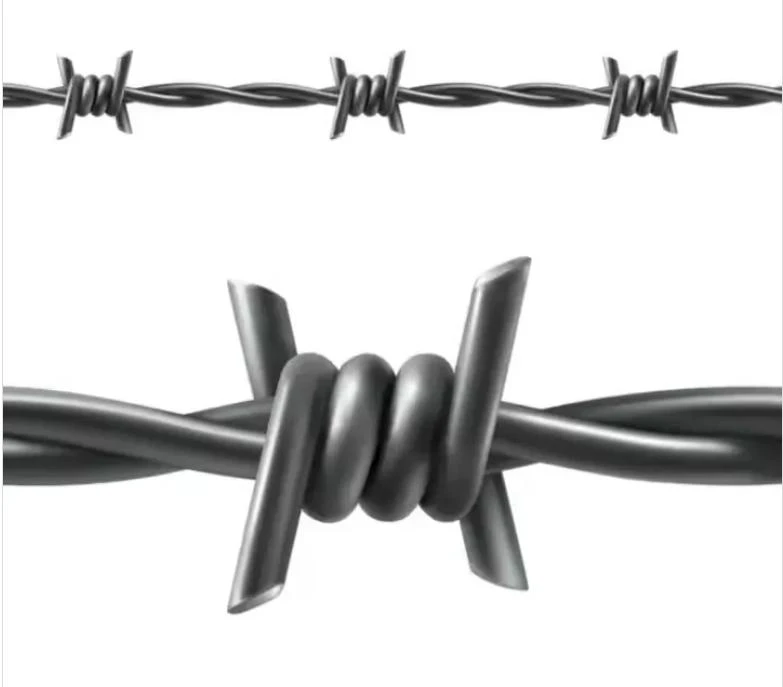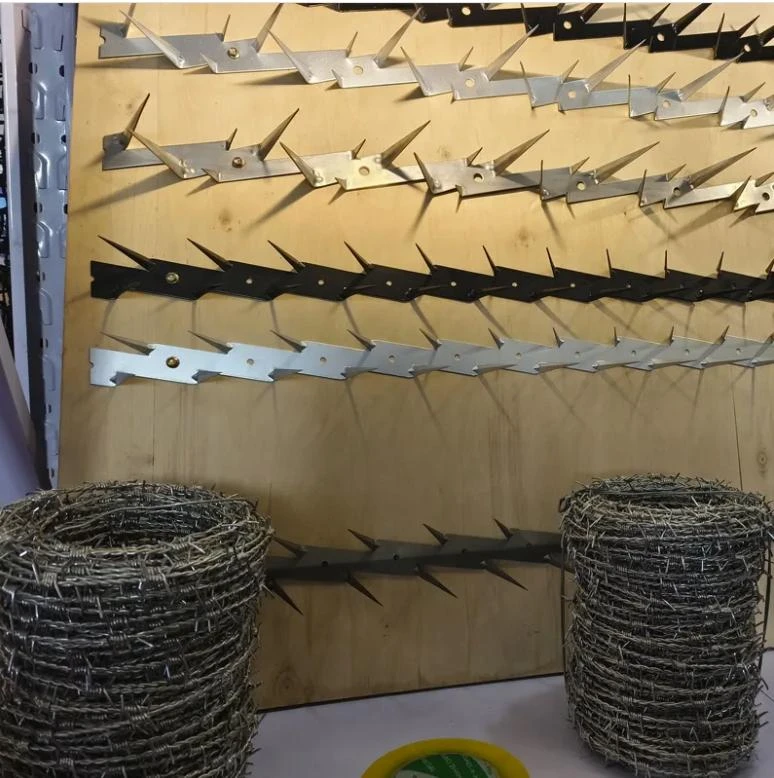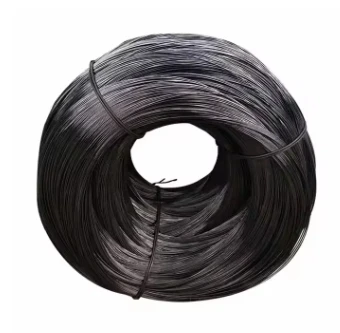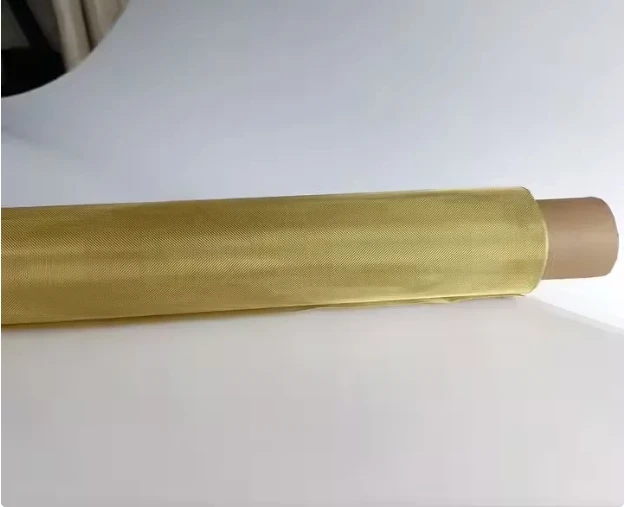Innovative 3D Bending Fence Technology Revolutionizes Modern Security Solutions
Apr . 02, 2025 12:03
The fencing industry has witnessed a significant transformation with the introduction of 3D bending fence technology, a cutting-edge solution that combines durability, aesthetics, and enhanced security. Unlike traditional flat-panel fences, 3D bending fences feature a unique three-dimensional design that provides superior strength and flexibility, making them ideal for residential, commercial, and industrial applications.
What is a 3D Bending Fence?
A 3D bending fence is constructed using high-quality steel wires that are welded into a mesh and then bent into a wave-like or zigzag pattern. This design not only enhances structural integrity but also improves resistance to impact, cutting, and climbing attempts. The 3D bending process ensures that the fence remains rigid while allowing slight flexibility to absorb shocks, making it highly durable against harsh weather conditions and potential intruders.
Key Advantages of 3D Bending Fences
1. Enhanced Security – The three-dimensional structure makes it extremely difficult to climb or cut through, providing an effective barrier against trespassers.
2.Aesthetic Appeal– Available in various colors and finishes, these fences blend seamlessly with modern architectural designs.
3.Longevity & Low Maintenance – Made from galvanized steel or powder-coated materials, they resist rust and corrosion, requiring minimal upkeep.
4.Quick Installation – Prefabricated panels allow for faster installation compared to traditional fencing systems.
5.Versatility– Suitable for perimeter security, sports fields, highways, and even decorative landscaping.
Market Growth & Industry Adoption
According to recent market research, the demand for 3D bending fences has surged by 25% in the past five years, driven by increasing security concerns and urbanization. Major construction firms and government agencies are adopting these fences for public infrastructure projects due to their cost-effectiveness and reliability.
Experts predict that advancements in automated bending technology will further streamline production, reducing costs and making these fences more accessible to homeowners and small businesses.
Design Possibilities:
Architects are embracing this technology for its creative potential:
- Organic, flowing forms that complement landscape designs
- Customizable patterns from simple waves to complex geometric arrays
- Integrated lighting solutions that highlight the three-dimensional forms
Applications:
- Residential Properties – Elevates curb appeal with artistic fencing.
- Commercial & Public Spaces – Provides secure yet visually striking barriers for parks, hotels, and business complexes.
- Industrial Sites – Offers robust perimeter protection without compromising on design.
Future Trends
With the rise of smart cities, 3D bending fences are expected to integrate sensor-based security systems, including motion detectors and AI-powered surveillance, transforming them into "intelligent fences."

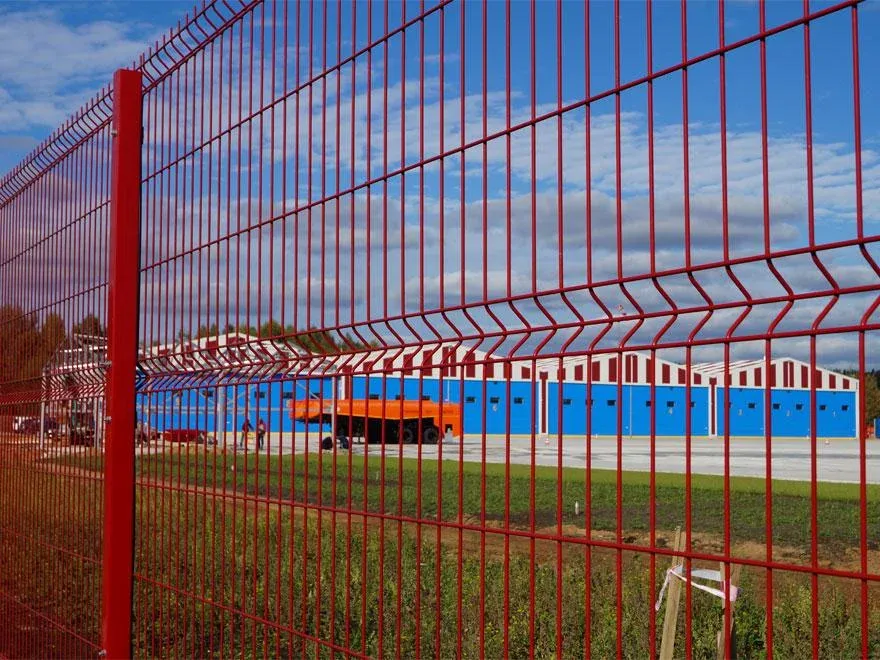
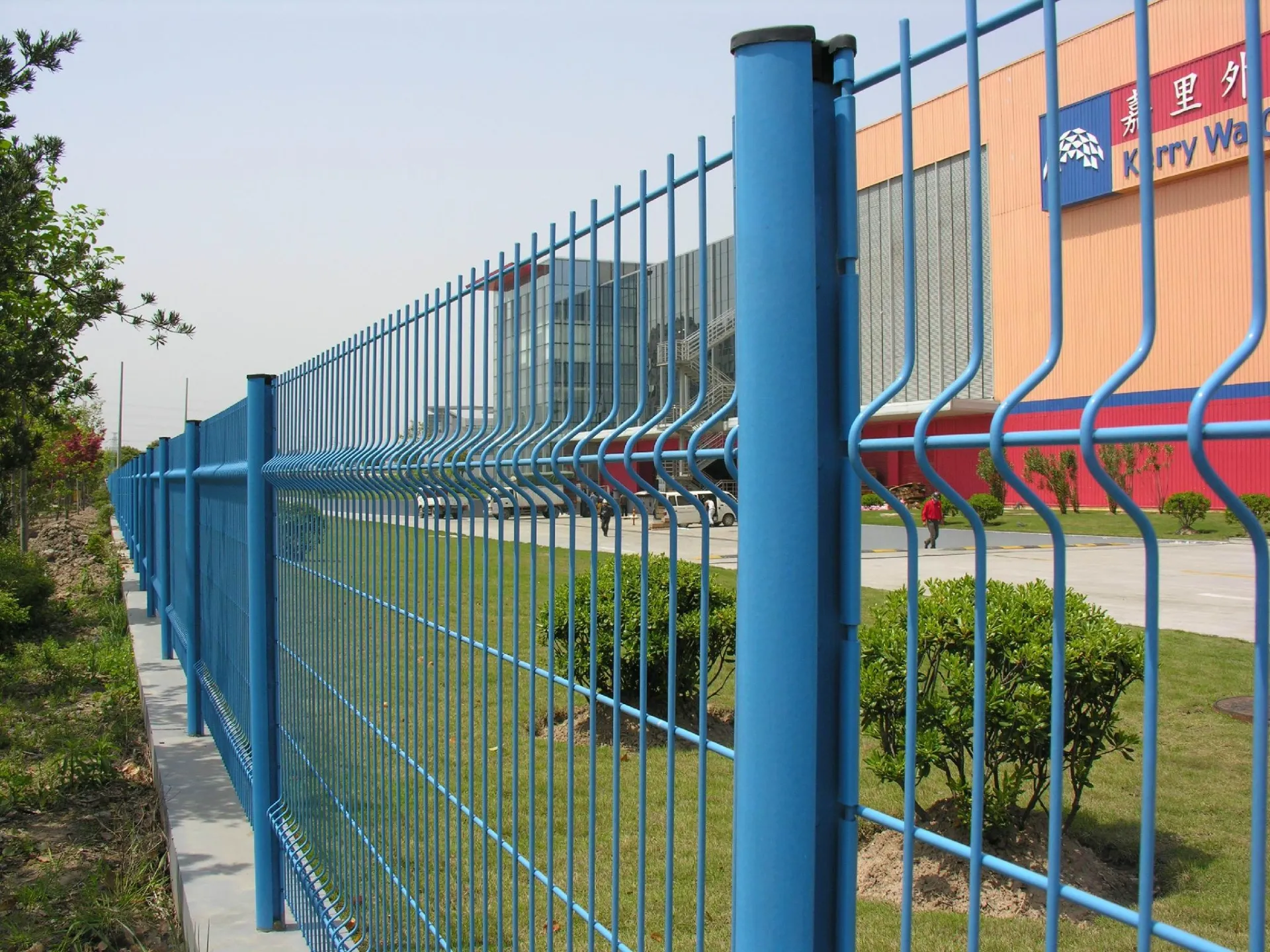
.
Related Products
Related News







